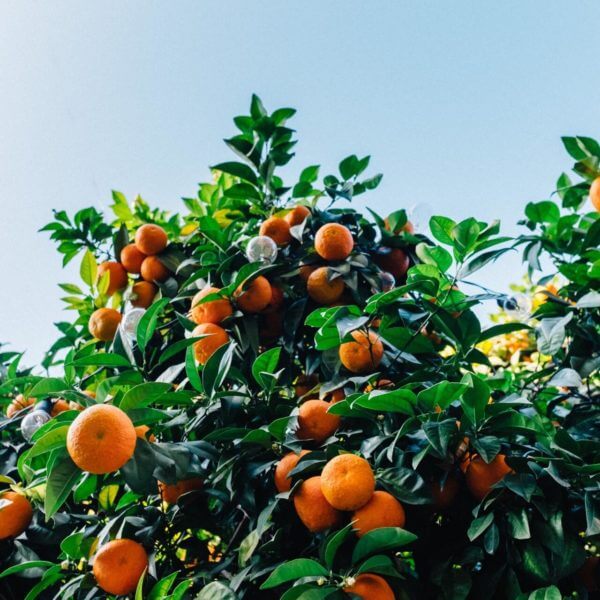Natural Cleaning Ingredients

Citrus Limonum
A natural astringent with powerful antibacterial and toning properties. It is also used for it's uplifting citrus aroma and natural source of the antioxidant Vitamin C. As you know Vitamin C is good for warding off colds, well thats what my mum says to me every Winter! Its Lemons all round 🙂

Citric Acid
Occurs naturally in citrus fruits. When you bite into a orange or lemon, the citric acid activates taste buds along the sides and center of your tongue. These taste buds let your brain know when something is sour. Nothing sour about our natural Multi Purpose or Bathroom Cleaner though, both beat the leading market products hands down.

Erucic Acid
A monounsaturated omega-9 fatty acid, it has many of the same uses as mineral oils, but it is more readily biodegradable than some, we use it as a lubricant in blending. Its found in the Brassica family, we get ours from Rapeseed.

Oil Allium Sativum
Commonly known as garlic, and is a powerful antimicrobial disinfectant. I know, putting garlic in our natural Surface Polish sounds crazy! But think about it, you often touch bookcases, ornaments or coffee tables everyday. Having a little bit of protection doesn’t harm and it does give a lovely shine.

Brassica Napus
Rapeseed, is a bright-yellow flowering member of the family Brassicaceae, cultivated mainly for its oil-rich seed, which naturally contains appreciable amounts of erucic acid. You can also eat the flower and leaves, tastes a bit like kale. Alternatively, you can use it to wipe the floor with it, that's why our natural Floor Cleaner is so good, it leaves the floors so clean you could eat off them.

Caprylic Acid
Also called octanoic acid, is an oily liquid found in coconut oil. It is widely used in the manufacture of dyes, perfumes, sanitizers, and disinfections. One of the unsung heros of modern cleaning, as it also contains the properties of antifungal, antibacterial, antiviral and anti-inflammatory.

Aqua
Latin name for natural water. Water is an inorganic, transparent, tasteless, odorless, and nearly colorless substance, which is the main constituent of Earth's hydrosphere and the fluids of all known living organisms. It is vital for all known forms of life, even though it provides no calories or organic nutrients. Without it life would not exisist and nor would The Squeeky Cleaners.

Sodium Chloride
Commonly known as Salt. Salt works as an effective yet gentle scouring agent, it also serves as a catalyst for other ingredients to boost cleaning and deodorizing action. Thanks to Sodium Chloride, the Oceans taste the way they do, long may that continue!

Acetic Acid
Produced and excreted by acetic acid bacteria, these bacteria are found universally in foodstuffs, water, and soil, and acetic acid is produced naturally as fruits and other foods spoil and decompose. There’s good bacteria and there’s bad, Acetic acid is definitely good. It's also found in humans, where it appears to serve as a mild antibacterial agent, who knew!!

Castile
Traditionally made from olive oil. It gets its name from the Castile region of Spain. These days, it is also made from coconut, castor, or hemp oils. The Castile region is outstanding, it consists predominantly of a high plateau ringed by mountains. Salamanca is known for its 12th-century university, Renaissance churches and baroque Plaza Mayor. Segovia’s ancient Roman aqueduct has more than 160 arches, and the hilltop Alcázar castle overlooks the city. Ávila is encircled by an 11th-century fortification wall with 82 semicircular towers. If you ever get a chance, please do visit.

Malic Acid
The active ingredient in many sour and tart foods. It is generated during fruit metabolism and occurs naturally in all fruits and many vegetables. If like me you can’t stand sour foods, it means you taste buds can pick up higher concentrations of malic acid. Not sure if its just me, but the whole of my mouth goes dry too! But….Watermelon is a great source of malic acid, with 85 to 95 percent of the total acid content. Other fruits like Apricots, bananas, blackberries, cherries, grapes, kiwi, lychees, mango, nectarines, oranges, peaches, pears and strawberries are other fine choices.
